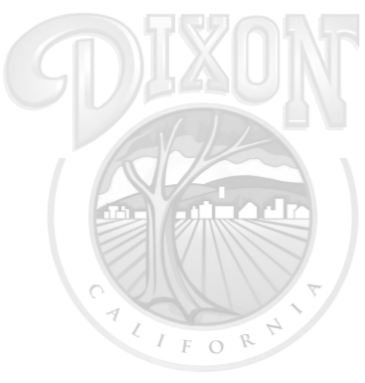FOG, FROG & Private Sewer Laterals
Fats, Roots, Oils & Grease/Private Sewer Laterals
City Council adopted the Sanitary Sewer Management Plan (SSMP) on April 13, 2010 to comply with the State Water Resources Control Board (SWRCB) adopted Water Quality Order 2006-0003-DWQ (WQO). The WQO outlines eleven (11) required elements of the SSMP. The SSMP is a live document that is continuously being updated to comply with State standards and improve the management of the City's wastewater collection system. The City is currently updating Element 4 - Operations and Maintenance and Element 7 - Fats, Oils & Grease (FOG) Control Program of the Sanitary Sewer Management Plan.
Sanitary Sewer Management Plan (SSMP) Element 4
Element 4 - Operation and Maintenance details the City's programs and activities including cleaning and close circuit television (CCTV) inspections of manholes and sewer mainline pipes. The collection crews completed the citywide inspections in October 2013. The first round of cleaning and CCTV inspections revealed a citywide issue with poorly maintained private sewer laterals. Per the current City Municipal Code Section 14.01.220 Repairs-Maintenance, "The City shall not be responsible for the repair, maintenance, cleaning, or replacement of a lateral sewer [Ord. 12-004]." Sewer laterals are defined as the underground pipe that connects a residence or business to the main sewer line. The most predominant areas of concern are in the established neighborhoods with mature trees in the front yards. Tree roots are responsible for many of the sanitary sewer service backups and damaged sewer pipes in our City. The flow of warm water inside sewer pipes attracts tree roots to the point of its source. The source is usually a crack in the pipes or a loose joint. Once the tree roots reach the crack or loose joint, they will grow through the opening and, if not disturbed, they will eventually completely fill the pipe with hair-like root masses. These masses can act as a net as they catch household fats, oils, and grease (FOG), tissue paper, and other debris discharged from the residence or business. A complete blockage will occur if no actions are taken to remove the roots/blockage. Recently, the City's collection crews have been called out to several sewage discharges that have spilled out into the street and down the storm drains. The spills were categorized as private lateral sewage discharge (PLSD) as a result of roots in the lateral.
Sanitary Sewer Management Plan (SSMP) Element 7
Element 7 - FOG Control Program identifies activities to reduce the amount of fats, oil and grease (FOG) discharged to the sanitary sewer system. This includes legal authority to prohibit discharges to the system, requirements to install grease removal devices (such as traps or interceptors) and authority to inspect grease producing facilities. The City currently requires every business to apply for a Wastewater Discharge Permit (WWDP) for no cost. The permits are issued for up to five years depending on the type of business. The City currently has a list of businesses with wastewater discharge permits that are expired or will expire by the end of this year. Staff is proposing to revise the WWDP and include a Fat, Oil, and Grease (FOG) Permit for all food service establishments (FSE). Approximately 50 businesses will be required to apply for a FOG Permit. The purpose of the FOG Control Ordinance is to reduce blockages of the sewer lines resulting from discharged FOG into the public sewer, and to specify appropriate fat, oil, and grease discharge requirements for food service establishments. As a result of FOG discharge from FSE's, staff is currently inspecting five "hotspot" manholes monthly and cleaning those lines on a quarterly basis to prevent a Sanitary Sewer Overflow (SSO).

